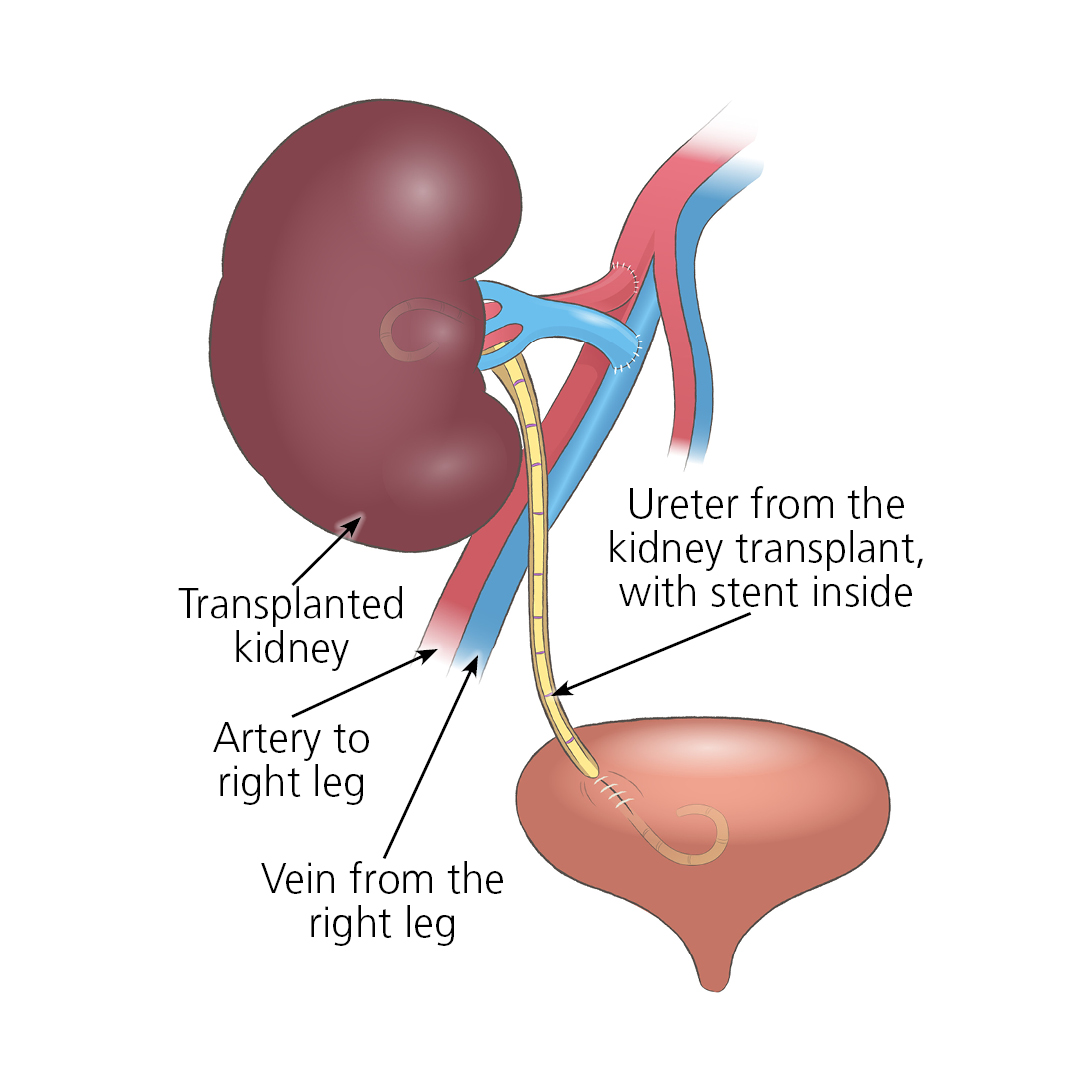What is a Kidney Transplant? Exploring the Basics
A kidney transplant is a surgical procedure where a healthy kidney from a donor is placed into someone with kidney failure. There are two types of donors: living and deceased. In a living donor kidney transplant, a kidney from a living person is used. Understanding how kidney transplants work includes knowing terms like “donor” and “recipient.” Compared to dialysis, where machines filter blood, transplants provide a more natural and lasting solution.
Step 1: Preparing for a Kidney Transplant
The first step to understanding how kidney transplants work is preparation. You’ll go through a detailed evaluation to ensure you’re a good candidate. This process is crucial to understanding how do kidney matches work. Also, a medical team will help you find a match or place you on a waiting list. If you’re lucky enough to have a living donor, you might skip the waiting list. Preparing emotionally is equally important; knowing what to expect can ease anxiety.
Step 2: Navigating the Donor Kidney Retrieval Process
Retrieving a kidney is a delicate process. How does a kidney transplant work involves careful planning, especially for donor retrieval. For living donors, surgery is planned, with both safety and comfort in mind. Deceased donor kidneys are preserved through cooling methods to keep them functional. Safety is the top priority, especially for living donors.
Step 3: Understanding the Transplant Surgery
Before surgery, patients get anesthesia to ensure they’re comfortable and pain-free. So, how do kidney transplants work during surgery? The surgeon makes an incision to place the new kidney and connects it to blood vessels and the bladder. This placement takes a few hours. The existing kidneys are often left unless they cause issues. Throughout, the medical team uses safe practices and latest techniques to ensure the best outcomes.
Step 4: Post-Surgery Recovery and Immediate Aftercare
Once surgery is done, you’ll be moved to a recovery room. At this stage of learning how kidney transplants work, you’ll understand the importance of aftercare. Here, nurses monitor your condition, and you’ll have IV fluids and a catheter to help with healing. Depending on how the surgery goes, hospital stays vary. Immediate complications are rare but monitored closely by the medical team.
Step 5: Functionality of the New Kidney Post-Transplant
Your new kidney might start working straight away or need a little time. Sometimes, temporary dialysis is needed, but this isn’t a setback. This part of how to kidney transplants work usually is straightforward, with the kidney adjusting quickly to its new role.
Step 6: Long-Term Aftercare, Lifestyle, and Monitoring
Kidney transplant recovery involves long-term care. Anti-rejection drugs are crucial since they help your body accept the new kidney. It’s normal to have several follow-up appointments to monitor your progress. Adopting a new lifestyle, such as eating a balanced diet, staying hydrated, and exercising moderately, is important. Learning how to pick up on signs of rejection or infection is beneficial for ongoing wellness.
- Take medications as instructed.
- Attend all follow-up appointments.
- Report any unusual symptoms immediately.
Regularity and vigilance help maintain your new kidney’s function.
Assessing Risks, Benefits, and Success Rates
Understanding how kidney transplants work includes knowing risks like infections, but the benefits outweigh them. Transplants improve life compared to dialysis. With high success rates and medical advances, transplants are very effective. Emotional support is available, offering resources to make the journey smoother.
Conclusion: A Life-Altering Journey Through Kidney Transplantation
A kidney transplant can vastly improve life by replacing failing kidneys. This guide shows it’s a journey, but a promising one. Always talk to healthcare providers for tailored advice. This complex yet structured journey can lead to a healthier, happier you. Understanding the basic steps shows how kidney transplants work effectively.
